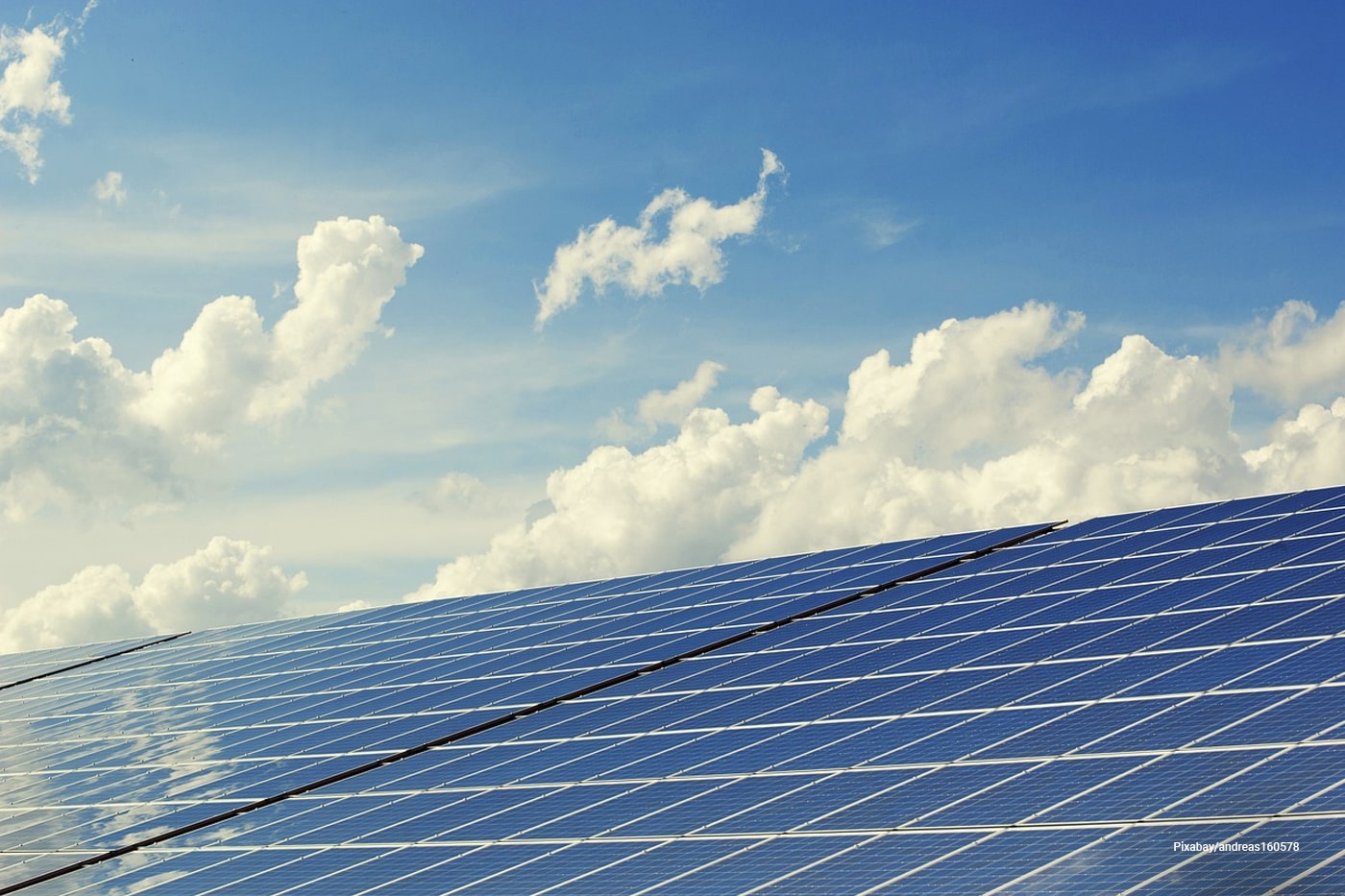Burning fossil fuels produces significantly more emissions than producing renewable energy. Discover the five common renewable energy sources that are widely available and surround us.
Contents []
What is Green Energy?
Green energy is defined the power produced by non-polluting, renewable sources. Unlike fossil fuels, which emit greenhouse gases and other pollutants, green energy is both environmentally friendly and sustainable. The most widely used forms of green energy include solar, wind, hydroelectric, geothermal and biomass. These energy sources work differently and affect the environment in various ways.
1. Solar Energy

How Solar Energy Works:
- Photovoltaic (PV) cells in solar panels convert sunlight directly into electricity.
- CSP (Concentrated Solar Power) systems use mirrors to focus sunlight onto a receiver, generating heat that produces electricity.
Environmental Impact of Solar Energy:
- Good: No emissions during operation, reduces reliance on fossil fuels, and can be deployed on rooftops or in solar farms.
- Bad: Land use for large solar farms can disrupt ecosystems, and manufacturing panels involves energy and resource use.
2. Wind Energy
How Wind Energy Works:
- Wind turbines convert the kinetic energy of wind into electrical energy through spinning blades connected to a generator.
Environmental Impact of Wind Energy:
- Good: Wind power generates no emissions during operation and has a small land footprint relative to the energy produced.
- Bad: Turbines can impact bird and bat populations, and there is some noise pollution. Visual impact on landscapes is also a concern for some communities.
3. Hydroelectric Energy

How Hydroelectric Energy Works:
- Water flowing through dams turns turbines that generate electricity. The potential energy from the height difference (waterfall) is converted into mechanical energy and then into electrical energy.
Environmental Impact of Hydroelectric Energy:
- Good: No direct emissions and can provide consistent, large-scale power. Reservoirs can also serve recreational purposes and water storage.
- Bad: Dams disrupt aquatic ecosystems, alter water temperatures and flow, and can displace communities. Methane emissions from reservoirs in tropical areas can also be significant.
4. Geothermal Energy

How Geothermal Energy Works:
- Geothermal plants extract heat from beneath the Earth’s surface to generate steam, which drives turbines to produce electricity.
Environmental Impact of Geothermal Energy:
- Good: Low emissions and can provide consistent, base-load power. Small land footprint compared to other renewable sources.
- Bad: Potential for water and land contamination, and some plants emit small amounts of greenhouse gases like sulfur dioxide and carbon dioxide.
5. Biomass Energy
How Biomass Works:
Environmental Impact of Biomass:
- Good: Can use waste products, reducing landfill use, and is theoretically carbon-neutral (the CO2 released when burning biomass is offset by the CO2 absorbed during plant growth).
- Bad: Emissions from burning biomass can contribute to air pollution, and large-scale biomass production may lead to deforestation, habitat loss, and competition with food production.
Impact on the Environment of Biomass:
Green energy sources generally have a much lower environmental impact compared to fossil fuels. They significantly reduce greenhouse gas emissions, decrease pollution, and help mitigate climate change. However, they are not without challenges. The environmental trade-offs include land use, resource extraction for manufacturing, and ecosystem disruption. The key to maximizing their benefits lies in careful planning, technology improvements, and responsible management of resources. If you’re interested in understanding your own carbon footprint, using a CO2 emission calculator can be a helpful first step in measuring and reducing your impact.
Green Energy Is Essential for a Sustainable Future
Transitioning to green energy is essential for a sustainable future. While no energy source is completely without impact, renewable energy offers a pathway to significantly reduce the environmental harm associated with energy production. By diversifying energy sources and advancing technology, we can move towards a cleaner, more sustainable energy system.
Ecoly.com offers tips and products for adopting a more eco-friendly lifestyle. You can explore choices that promote sustainability in living, shopping, and learning, helping you make everyday earth-friendly decisions.



